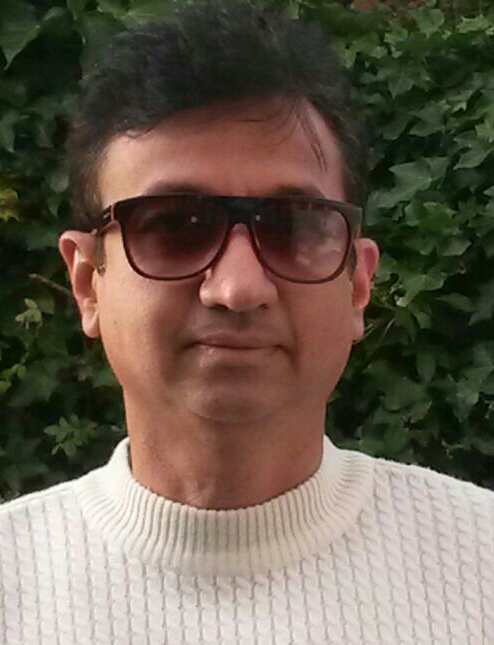


The word ghazal is an Arabic word that literally means a "discourse" or more correctly a "talk to women".. There was an Arabic form of poetry called qasida which came to Iran in about the 10th century. It dealt with the themes of the greatness of kings.
In pre-Islamic Arabia, the ghazal was not recognized as a major genre of poetry. This was the era of the “golden odes” – the great Arabic qasîdahs. There were various genres for the qasîdah, including the panegyric (madîh), the moralizing poem (hikam), the lampoon (hijâ’), and the boast (fakhr). However, the ghazal – the love poem – was not one of these.
Instead, what was later to become the ghazal was an integral part of nearly every pre-Islamic grand qasîdah. These qasîdahs were divided into three broad sections: the nasîb, the rahîl, and then whichever of the recognized poetic genres the poet intended. It is the nasîb, that opened the qasîdah, which would later develop into the ghazal.
Most of the pre-islamic Ghazals were about love, not for The Lord Almighty necessarily, but to the beloved.
Love, being as it is an emotion of beauty, is intrinsically tied to the hopes of all people. They yearn for it in youth, take pleasure in it during maturity, and lament its loss in old age. Love is a glimmer of light during the bleakness of a Cimmerian time, a surge of strength in times of weakness, and a dependable weapon against severity and hardship. Love served to represent what was good in life. Love culminating in union represented happiness and prosperity. Separation and tears represented bittersweet pain and sweet sorrow.
While it has close analogies in Arabic poetry, the ghazal is of Persian origin. Formally a short lyric composed in a single metre with a single rhyme throughout, in its style and content it is a genre which has proved capable of an extraordinary variety of expression around its central theme of love. The ghazal is thus itself one of the most striking examples of those successful cultural artefacts, consisting of a seemingly infinitely adaptable combination of essentially simple elements, which are so characteristic of the Persianate civilization of the eastern Islamic world.
The qasida was at times unmanageably long. It was often 100 couplets or more. Therefore, a portion of the qasida, known as the tashib was detached and this became the ghazal. The ghazal soon became the most popular form of poetry in Iran.
India started romancing with Ghazal from the 12th century, which was part of an ongoing revolution in North Indian society. Persian culture became a great inspiration for India. These forms were given a local colour by many Indian artists such as Amir Khusro, and continued to enjoy widespread popularity among Indian Muslims for many centuries.
Although the ghazal was introduced first in the north, the south is responsible for its Urdu character. The North Indian principalities were very much oriented toward Persian, but it was in the south that Urdu was beginning to be used for literary purposes. It was in the courts of Golkonda, and Bijapur that this revolution occurred. Northern India began to embrace Urdu as a poetic language only in about the 19th century.
The process of converting this poetic form into a musical one was a gradual process, mainly occurring very subtly in a colourful, yet a bit camouflaged abode of the courtesans. The courtesans, known as the “Tawaif”, were cognoscente with the tradition of Ghazal and music and liked to demonstrate these abilities.
The decline of the feudal society in the early 20th century also witnessed a recession of the courtesan tradition. This cultural change also led to a change in the settings of the Ghazal performance. Ghazal moved out of the slightly shunned, forbidden corridors of the “Tawaif”, and ironically was unveiled and installed in the more prestigious concert halls!
The process of metamorphosis of the Ghazal into its current musical form was accomplished by the early 20th century, coinciding with the increased influence of the Bollywood music industry, which also, unfortunately, made the Ghazal seem like a dingbat!
The final aura of prestige and awe for the Ghazal was accorded through the commendable efforts and fabulous singing of Ghazal stalwarts like Mehdi Hassan, Ghulam Ali and Jagjit Singh.
(*Dr. Mukul Acharya is a UK-based ENT surgeon and an accomplished musician.)